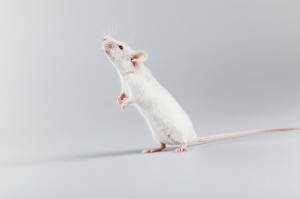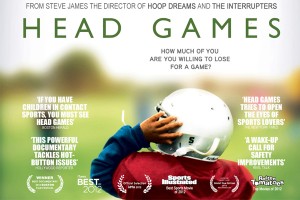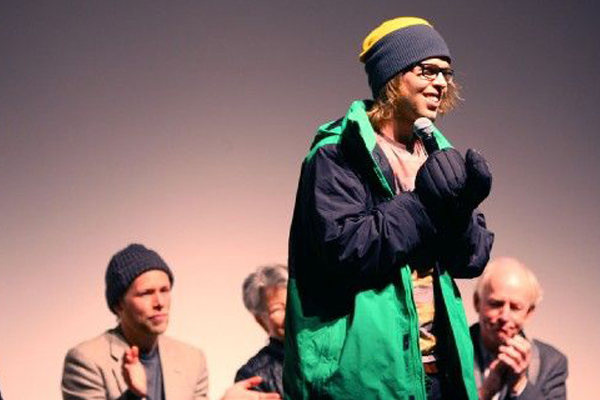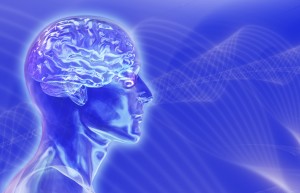In 1888, college football officials voted to allow tackling below the waist. Before long, protective padding was required for players. Helmets, however, were considered optional.
One of the first known helmets designed specifically for the game was made by a Maryland shoemaker for a Naval Academy midshipman named Joseph Reeves, who was told by a doctor that he had to give up football or else risk death from another kick in the head. Determined to play in the 1893 Army-Navy game, Reeves consulted the shoemaker to create a protective device for his head.
 In those early days, a football helmet looked about the same as an early aviator’s cap: an egg-shaped skullcap made of soft leather, with ear flaps and light padding on the inside. Hardly a helmet, it was known as a “head harness.” But by 1915, more padding and flaps were being added, along with ear holes so that athletes could hear plays being called. (more…)
In those early days, a football helmet looked about the same as an early aviator’s cap: an egg-shaped skullcap made of soft leather, with ear flaps and light padding on the inside. Hardly a helmet, it was known as a “head harness.” But by 1915, more padding and flaps were being added, along with ear holes so that athletes could hear plays being called. (more…)



 In high schools and colleges around the nation, female athletes are on the rise in terms of both number and performance. Forty-two percent of all high-school athletes in the nation are female; 46% of all players on NCAA Division I teams are women. Both are all-time highs, and both have Title IX defenders celebrating the shift in culture.
In high schools and colleges around the nation, female athletes are on the rise in terms of both number and performance. Forty-two percent of all high-school athletes in the nation are female; 46% of all players on NCAA Division I teams are women. Both are all-time highs, and both have Title IX defenders celebrating the shift in culture.
 her partner’s well-being were repeatedly ignored. Rather than give up, she installed a secret camera in his room. Among other things, the footage showed a health care assistant cleaning the patient’s stomach tube with the tip of a pen, and giving him drinks of water even though he was supposed to receive nothing through the mouth.
her partner’s well-being were repeatedly ignored. Rather than give up, she installed a secret camera in his room. Among other things, the footage showed a health care assistant cleaning the patient’s stomach tube with the tip of a pen, and giving him drinks of water even though he was supposed to receive nothing through the mouth.


